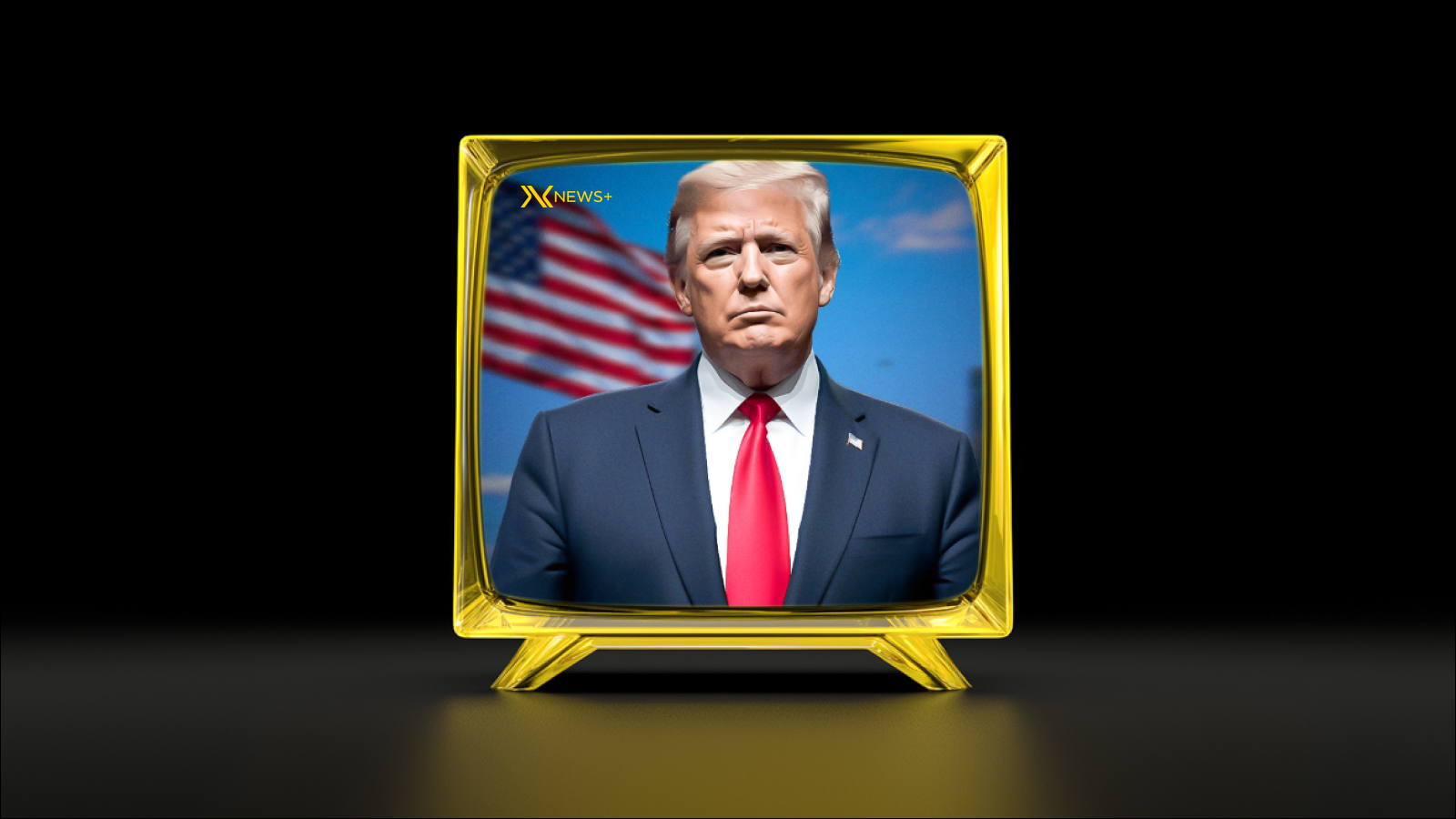Explore the evolving landscape of U.S. crypto policy, its implications for the market, and insights from the White House Crypto Summit.
The recent expansion of the Trump crypto strategy marks a significant shift in how the U.S. government approaches digital currencies. As part of this evolving framework, notable cryptocurrencies such as XRP, Solana, and Cardano will now be included in U.S. reserves. This move not only reflects a growing recognition of the importance of digital assets in modern financial systems but also indicates a willingness to embrace the potential these cryptocurrencies hold for enhancing economic stability.
With the inclusion of these key players in crypto, the landscape for investments and regulatory frameworks is poised for transformation. The incorporation of strong blockchain technologies, like those underpinning XRP and Solana, could facilitate more efficient transactions and bring forth innovative financial solutions. Moreover, as the U.S. aligns its reserves with forward-thinking digital assets, it may also inspire other nations to rethink their own currency policies in favor of inclusivity in the blockchain space.
This strategic transition symbolizes not just an adaptation to technological advancements but a proactive stance in securing the U.S.’s competitiveness in the global cryptocurrency marketplace. Stakeholders in the financial sector, from investors to regulatory bodies, will be closely monitoring these developments as they unfold.
A New Era in U.S. Crypto Policy
The recent expansion of the Trump crypto strategy marks a pivotal shift in U.S. financial policy aimed at embracing digital currencies. This initiative welcomes major cryptocurrencies like XRP, Solana, and Cardano into the nation’s reserves, positioning the U.S. at the forefront of the global crypto revolution. By officially recognizing these assets, the government signals its intent to integrate blockchain technology more deeply into the financial ecosystem.
This new approach not only seeks to enhance national security but also aims to foster innovation within the fintech landscape. The adoption of XRP, Solana, and Cardano as reserves offers a dual benefit: it secures the nation’s financial stability while providing a framework for regulatory oversight that can adapt to the rapidly evolving crypto market.
The implications of this policy shift imply a more structured and conducive environment for cryptocurrencies, which have been operating in a largely ambiguous regulatory space until now. As other nations watch the U.S. lead, this could inspire a domino effect, potentially prompting global economies to reevaluate their own positions on digital currencies.
Moreover, the focus on integrating prominent cryptocurrencies into national reserves can further enhance public trust and acceptance of digital currencies. By establishing a solid foundation for cryptocurrencies like XRP, Solana, and Cardano, the Trump administration aims to create a sustainable pathway for future policies that align with technological advancement and security needs.
The implications of the Trump administration’s new crypto strategy are profound and far-reaching. By integrating cryptocurrencies such as XRP, Solana, and Cardano into U.S. reserves, the government is signaling a shift toward mainstream acceptance of digital assets. This pivotal decision not only enhances the legitimacy of these cryptocurrencies but also sets a precedent for other nations considering similar strategies.
Investors and market participants can anticipate heightened volatility as the Trump crypto strategy begins to take root. The inclusion of major coins like XRP, Solana, and Cardano will attract new capital inflows and trading activity, potentially leading to significant price fluctuations. Those who are quick to adapt could find themselves in a lucrative position, while others may face risks as the market adjusts to the new reality.
Furthermore, the administration’s decision to embrace these digital currencies could pave the way for innovative financial products and services that leverage the underlying technologies of blockchain. If successful, this could create new opportunities for businesses and developers in the U.S. crypto ecosystem.
The expansion of the U.S. reserves to include cryptocurrencies may encourage other countries to follow suit, potentially catalyzing a global shift toward digital assets. As nations observe the impacts of the Trump crypto strategy, there may be an increase in collaborative regulatory efforts aimed at shaping the future of cryptocurrency on a global scale.
The Regulatory Landscape: Where is U.S. Crypto Policy Headed?
The landscape of U.S. crypto regulation is evolving rapidly, especially in light of the recent implementation of the Trump crypto strategy. This strategy signals a significant shift in how cryptocurrencies like XRP, Solana, and Cardano are perceived and regulated within the U.S. financial system. The inclusion of these cryptocurrencies into U.S. reserves is a clear indication that the government acknowledges their potential role in the future financial ecosystem.
As regulators catch up with the fast-paced world of digital assets, discussions around compliance, taxation, and security measures are intensifying. The expanded focus on these top-performing cryptocurrencies suggests that they may soon occupy a more central role in discussions surrounding national economic strategy and innovation.
Moreover, market participants and stakeholders are closely monitoring how these regulations will affect broader adoption and investment in cryptocurrencies. A clear and supportive regulatory framework could encourage more institutional interest and, consequently, widen the investor base in the crypto market.
In the coming months, we can anticipate a series of crucial decisions and policies being implemented that will clarify the paths forward for projects like XRP, Solana, and Cardano. Stakeholders must remain vigilant as these frameworks evolve, as they will greatly impact market stability and growth opportunities.
The White House Crypto Summit: What to Expect
The upcoming White House Crypto Summit promises to be a pivotal event in shaping the future of U.S. cryptocurrency policy. With the recent expansion of the Trump crypto strategy, stakeholders from various sectors are eager to grasp the implications of integrating cryptocurrencies like XRP, Solana, and Cardano into U.S. reserves. This summit is expected to feature discussions among key policymakers, financial experts, and leaders of the cryptocurrency space.
One of the primary focuses will be on understanding how these digital assets can coexist within the existing financial framework. Participants are likely to delve into the regulatory environment and what it means for the broader adoption of cryptocurrencies in mainstream finance. The outcomes could set a precedent for future policies concerning not just the inclusion of these cryptocurrencies in reserves, but also their potential benefits for economic growth.
The summit is also an opportunity for the White House to address concerns surrounding security, transparency, and market volatility. Experts will present their views on how to enhance confidence in cryptocurrency while ensuring consumer protection and market integrity. These discussions will play a crucial role in informing the public and industry stakeholders about forthcoming regulations.
In addition to regulatory discussions, the summit is expected to include collaboration initiatives that may involve public-private partnerships aimed at fostering innovation in the cryptocurrency sector. Attendees will be eager to see how these partnerships can drive the growth of the crypto ecosystem while aligning with national interests.
As the date approaches, anticipation builds for what could be a turning point in the trajectory of U.S. crypto policy, influencing not just the market dynamics of assets like XRP, Solana, and Cardano, but also setting a global standard for digital currency governance.
This article is for informational purposes only and does not constitute financial or investment advice. Cryptocurrency markets are highly volatile, and all investors should conduct their own research before making any financial decisions. Darkex does not provide investment recommendations.
Click for more Darkex News articles.





